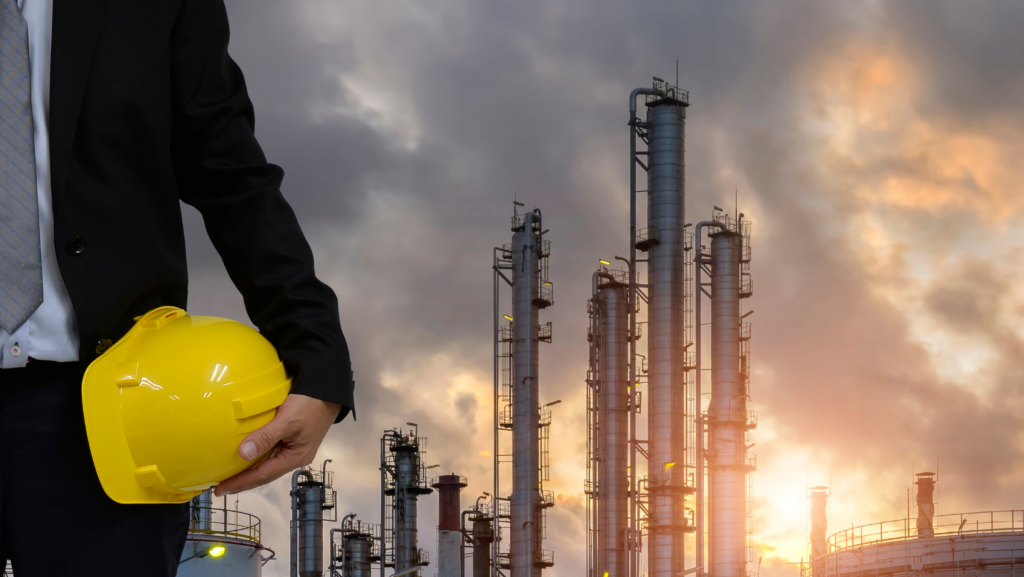Picture this scenario: you find yourself in a situation where someone suddenly collapses in front of you. Panic sets in, but you quickly spring into action. You assess the scene and determine it’s safe. You’ve turned on the AED (Automated External Defibrillator), ready to provide life-saving assistance. But what’s next? In this article, I’ll guide you through the crucial steps to take after ensuring the scene is safe and the AED is activated. From assessing the victim’s condition to delivering effective CPR, we’ll cover all the essential information you need to know to confidently handle such a critical situation. So, let’s dive in and equip ourselves with the knowledge and skills to make a difference when it matters most.
Why is it important to ensure the scene is safe before using an AED?
When it comes to using an Automated External Defibrillator (AED) in a critical situation, one of the first steps is to ensure the safety of the scene. This might seem like common sense, but it is crucial for several reasons. As someone who is trained to handle emergencies, I understand the importance of taking this step seriously and here’s why:
1. Personal Safety: First and foremost, assessing the safety of the scene is about protecting yourself. You can’t help others if you put yourself at risk. By taking a moment to evaluate the surroundings, you minimize the chances of harm to yourself and ensure that you can effectively provide assistance.
2. Electrical Safety: AEDs are electrically powered devices that deliver controlled shocks to restore the heart’s normal rhythm. Ensuring the scene is safe means checking for any water, liquids, or wet surfaces. This is important because electricity and water don’t mix well, and coming into contact with both can be extremely dangerous. By eliminating potential electrical hazards, you create a safer environment for everyone involved.
3. Public Safety: When using an AED, it’s important to keep in mind that the device delivers high-voltage shocks. Therefore, it’s crucial to make sure there are no bystanders or onlookers too close to the victim. Clearing the area helps prevent any accidental contact or interference, ensuring the safety of not just the victim but also those nearby.
4. Emergency Personnel Access: In urgent situations, emergency medical personnel may need quick and easy access to the scene. By ensuring the area is clear and unobstructed, you facilitate their ability to reach the victim rapidly and provide the necessary medical care. Every second counts during a cardiac emergency, and by ensuring the scene is safe, you enable a smoother rescue operation.

What Are the Steps to Ensure the Scene is Safe?
When faced with a critical situation requiring the use of an Automated External Defibrillator (AED), ensuring the safety of the scene is of utmost importance. This step cannot be overlooked, as it serves to protect not only the rescuer but also bystanders and emergency personnel. So, what are the steps to ensure the scene is safe? Let me walk you through them:
- Assess the Environment
- Ensure Personal Safety
- Check for Electrical Safety
- Ensure Public Safety
The Scene is Safe You’ve Turned on The AED
When using an Automated External Defibrillator (AED) in a critical situation, it is crucial to ensure the safety of the scene before taking any action. Here are some potential dangers to look out for when using an AED:
- Water or Wet Surfaces: If the cardiac emergency occurs near a water source or in a wet environment, it is essential to exercise caution. Water and electricity do not mix well, and wet surfaces can pose a significant risk of electric shock. Ensure that you and the victim are in a dry area before using the AED.
- Metallic Surfaces: AEDs deliver electrical shocks to restore the heart’s normal rhythm. If the victim is in contact with a metallic surface, such as a wet floor or metal scaffolding, they may receive an unintended shock. It is crucial to move the victim away from any potential contact with metallic surfaces before using the AED.
- Explosive or Flammable Environments: Some environments, such as gas stations or areas with flammable liquids, carry a high risk of fire or explosion when exposed to electrical sparks. Using an AED in these locations can be extremely dangerous, and it is advisable to move the victim to a safer area before initiating any life-saving procedures.
- Crowded Areas: During a cardiac emergency, it is common for a crowd to gather, creating a congested environment. While it is essential to provide immediate assistance to the victim, it is crucial to ensure the safety of everyone around you. Make sure there is enough space for you to work efficiently without causing harm to yourself or others.
- Electromagnetic Interference: Certain devices, such as powerful magnets, cellphones, or radios, can interfere with the operation of the AED. Keep these devices away from the AED and the victim to prevent any potential issues with the device’s functionality.
Conclusion
It is crucial to be aware of the potential dangers associated with using an Automated External Defibrillator (AED) in critical situations. By understanding the risks posed by water or wet surfaces, metallic surfaces, explosive or flammable environments, crowded areas, and electromagnetic interference, we can take the necessary precautions to ensure a safer environment for everyone involved.

Leave a Reply